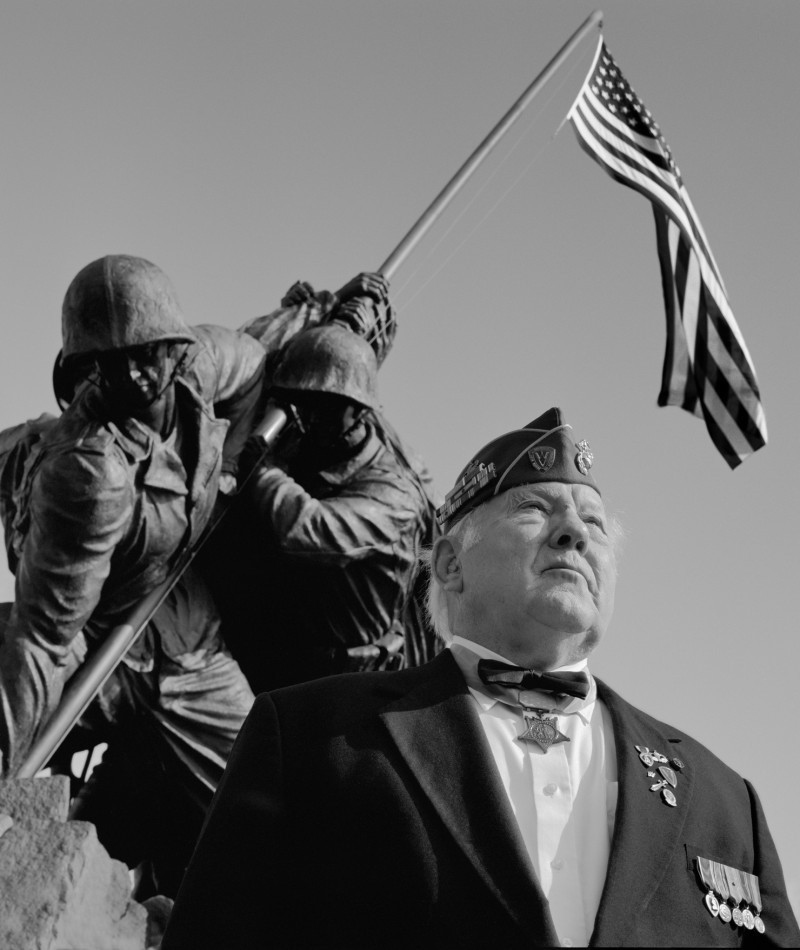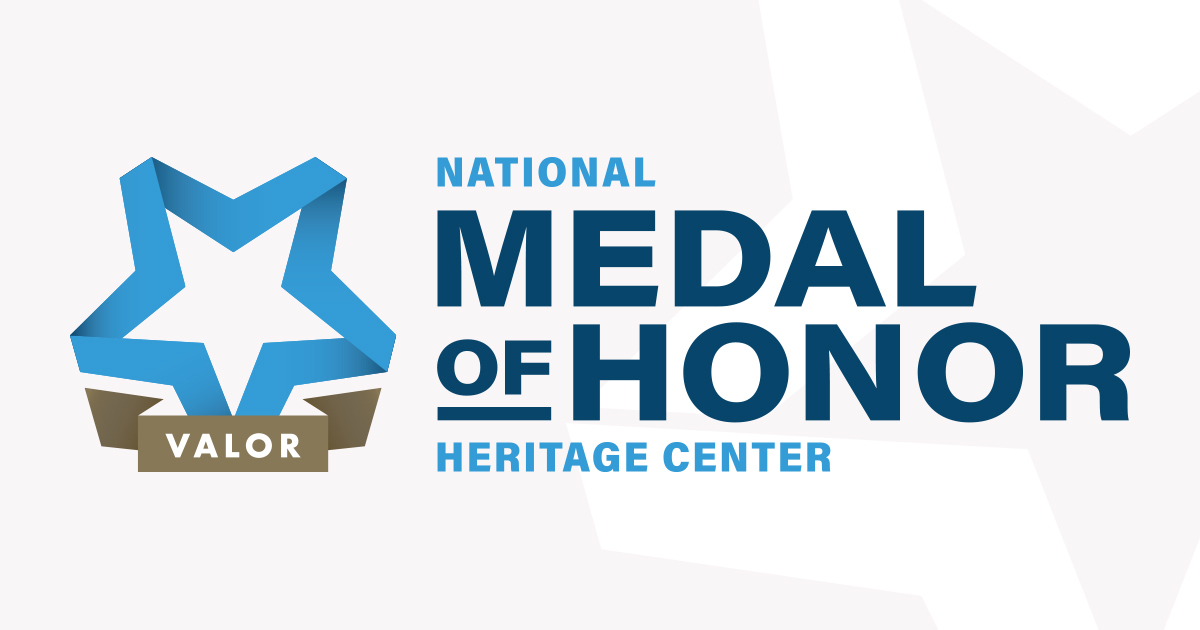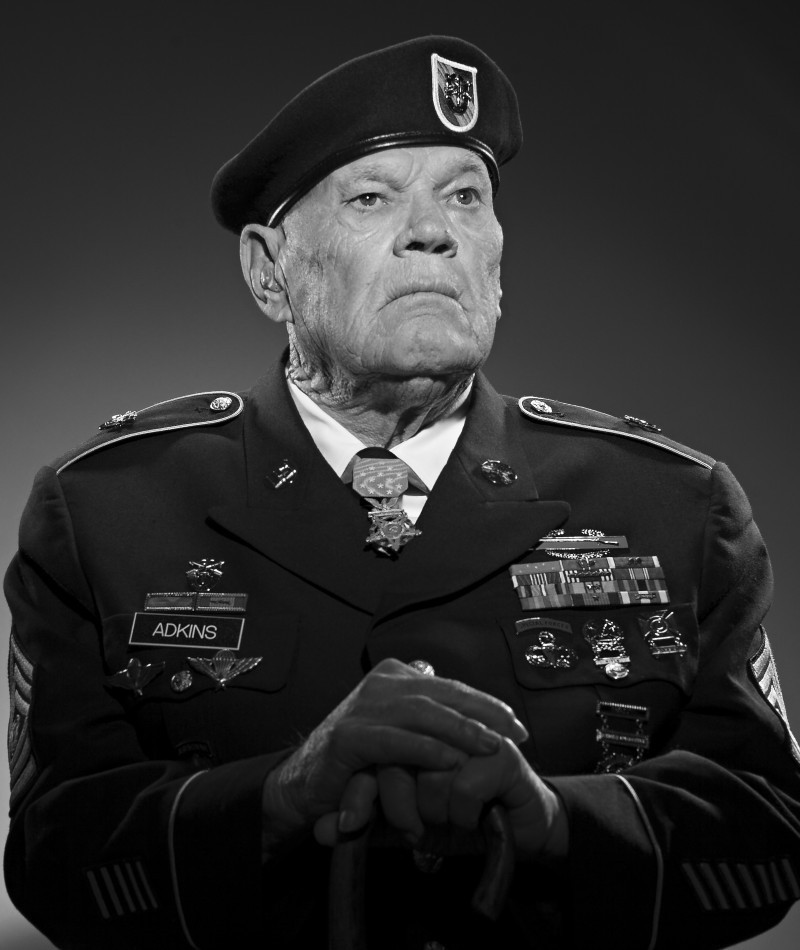Mary E. Walker’s Story:
Mary E. Walker was born in 1832 on a working farm in upstate New York. Her father was a self-taught country doctor, and Mary was fascinated by his career. She decided that she wanted to study medicine, and in 1855, she graduated with honors from Syracuse College, obtaining her degree from one of the only universities that would accept female students at the time. She began her private practice as a physician, but many refused to receive medical treatment from a female doctor.In an effort to find a stable career path, Dr. Walker attempted to enlist in the US Army as a surgeon in 1861. Ultimately, she was denied the position due to her gender. However, Dr. Walker didn’t give up on her efforts. She decided to volunteer in make-shift hospitals where she treated wounded soldiers.
Earning the Medal:
During her time volunteering, Dr. Walker risked her life multiple times on battlefields to aid wounded soldiers. In addition, she campaigned and advocated for the treatment of limbs rather than automatic amputation, demonstrating the care she had for her patients. Finally, in 1864, she was commissioned as a surgeon and compensated for her work.Dr. Walker continued to cross over enemy lines to treat soldiers and civilians. Eventually, she was captured by Confederate soldiers and imprisoned for months. She was released as part of a prisoner exchange and went on to have correspondence with President Abraham Lincoln regarding her imprisonment and service. In 1865, she received the Medal of Honor for her heroism during the war, becoming the first woman to receive this honor.
Unfortunately, Dr. Mary E. Walker’s Medal of Honor was revoked following the 1916-1917 review, as she was considered a citizen at the time of her valor. However, she was restored the Medal posthumously in 1977.
Mary’s original Medal, which she proudly wore until she died in 1919, is displayed at the Richardson-Bates House Museum in Oswego, New York, while her restored Medal is displayed at the Pentagon Women’s Corridor in Arlington, Virginia.
Thank you to all the women who have gone beyond the call of duty in their service to our country. We honor your sacrifice and commitment to creating a better world for generations to come.






